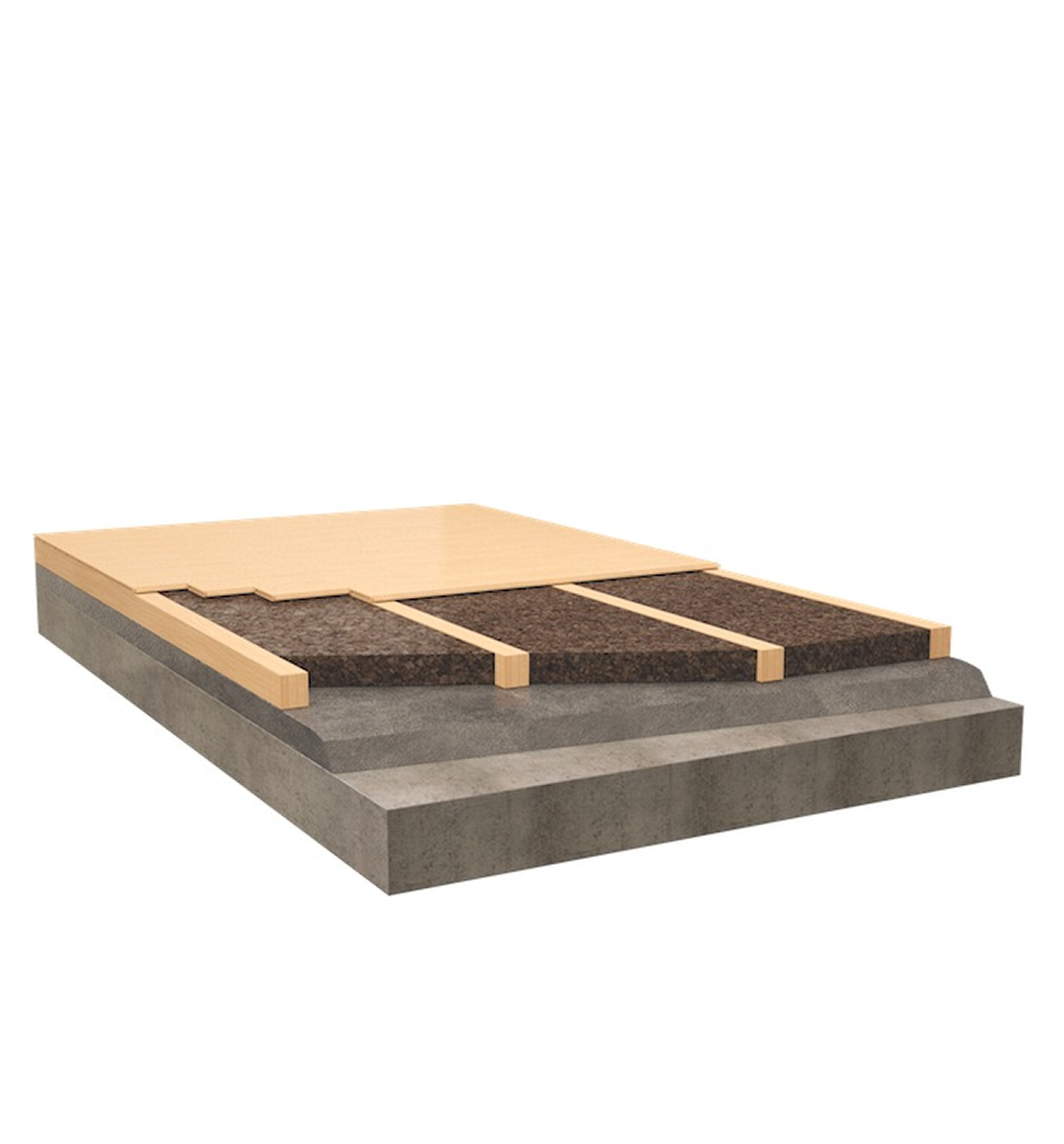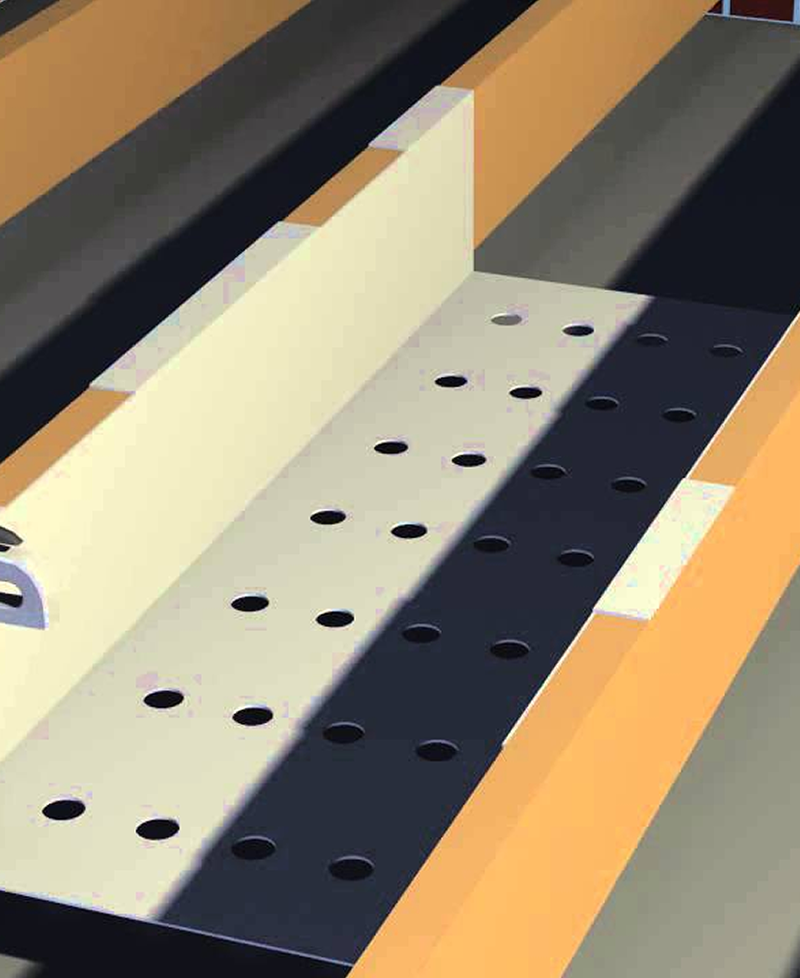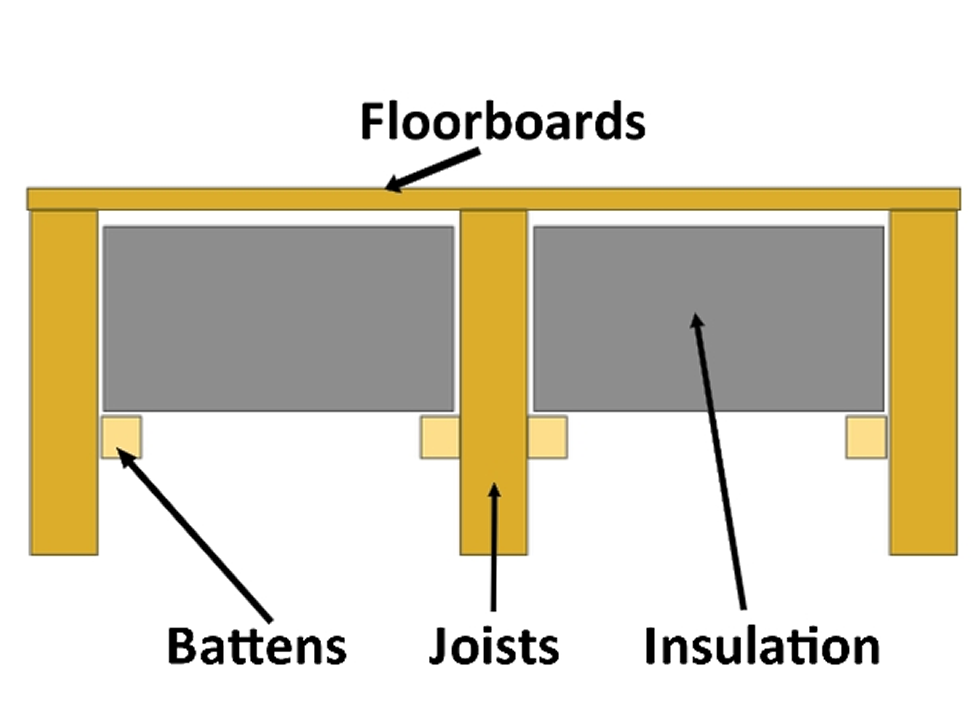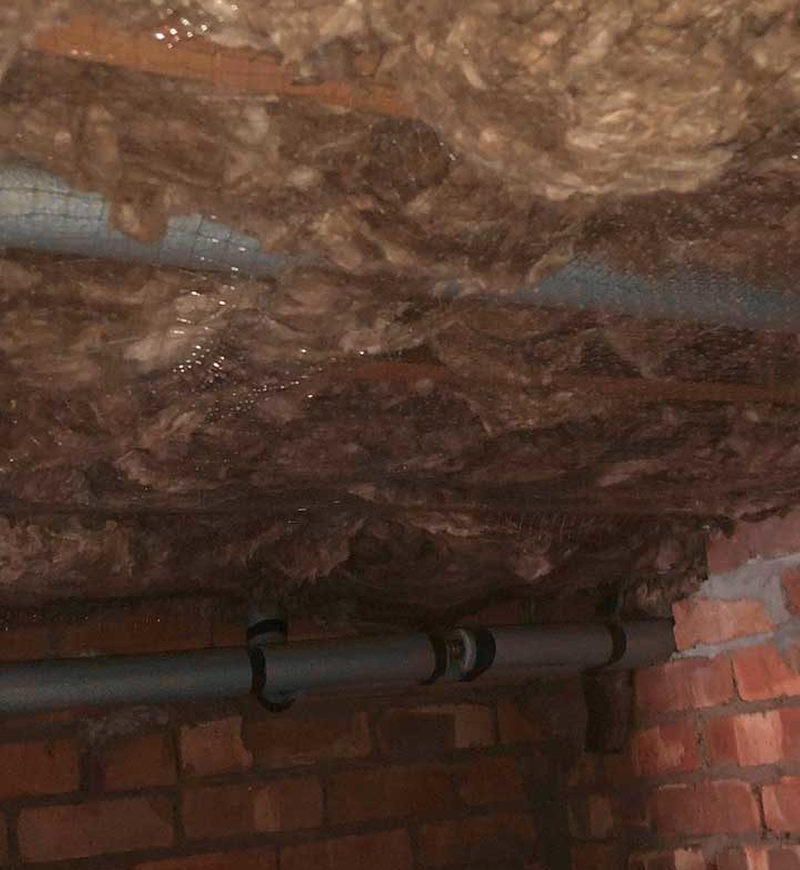Under Floor Insulation
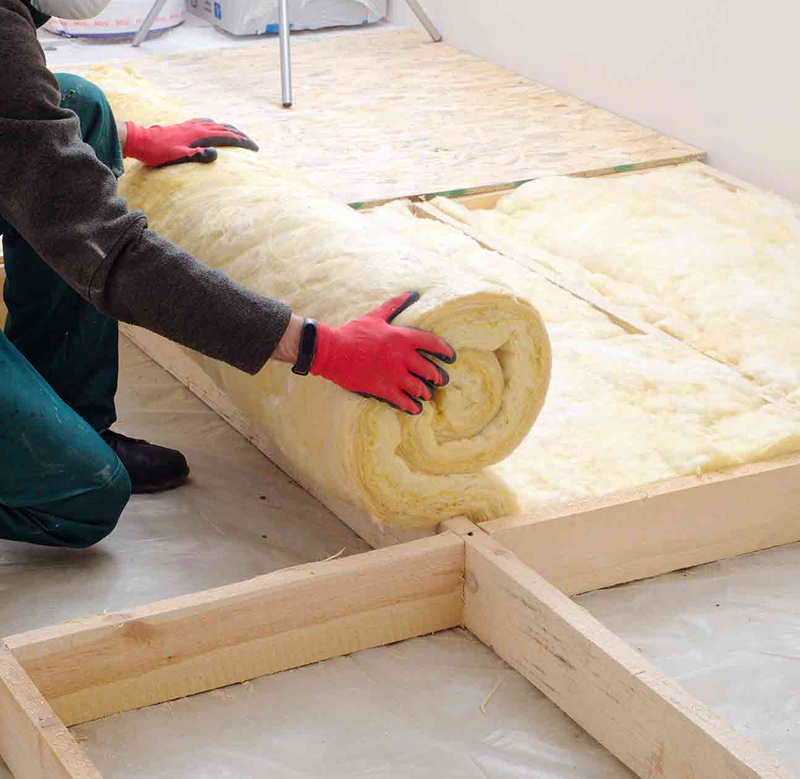
UNDER FLOOR INSULATION
If you are living in an old house, built with suspended timber floorboards instead of a concrete foundation, installing underfloor insulation is the best method to stop draughts, allowing your home to preserve more heat.
Energy Efficiency Group are able to access funding to partially/completely cover the cost of Under Floor Insulation. Apply now to find out if you’re eligible.
HOW DOES UNDERFLOOR INSULATION WORK?
Many older houses with suspended timber floors have big draughts and inadequate floor insulation; this can cause cold feet as well as higher energy bills. Installing underfloor insulation can address both these problems and give a payback on your investment in 5 years or less.
Insulation projects are often focused on exterior walls and attics. While insulating these areas are important, homeowners can also save money on their heating (and cooling) costs if they insulate the space under their floors. Underfloor insulation can take a variety of forms. For homes without basements and those with unheated cellars, adding insulation can bring heating costs down.
Owners might also consider insulating basements, foundations, or even the space between the basement and first floor. The type of underfloor insulation that is right for a given home depends on its design and climate control needs. However, most houses can benefit from added insulation under the floors of the main living space.
DID YOU KNOW?
With inadequate or no underfloor insulation, your home can be suffering up to 15% additional heat loss
